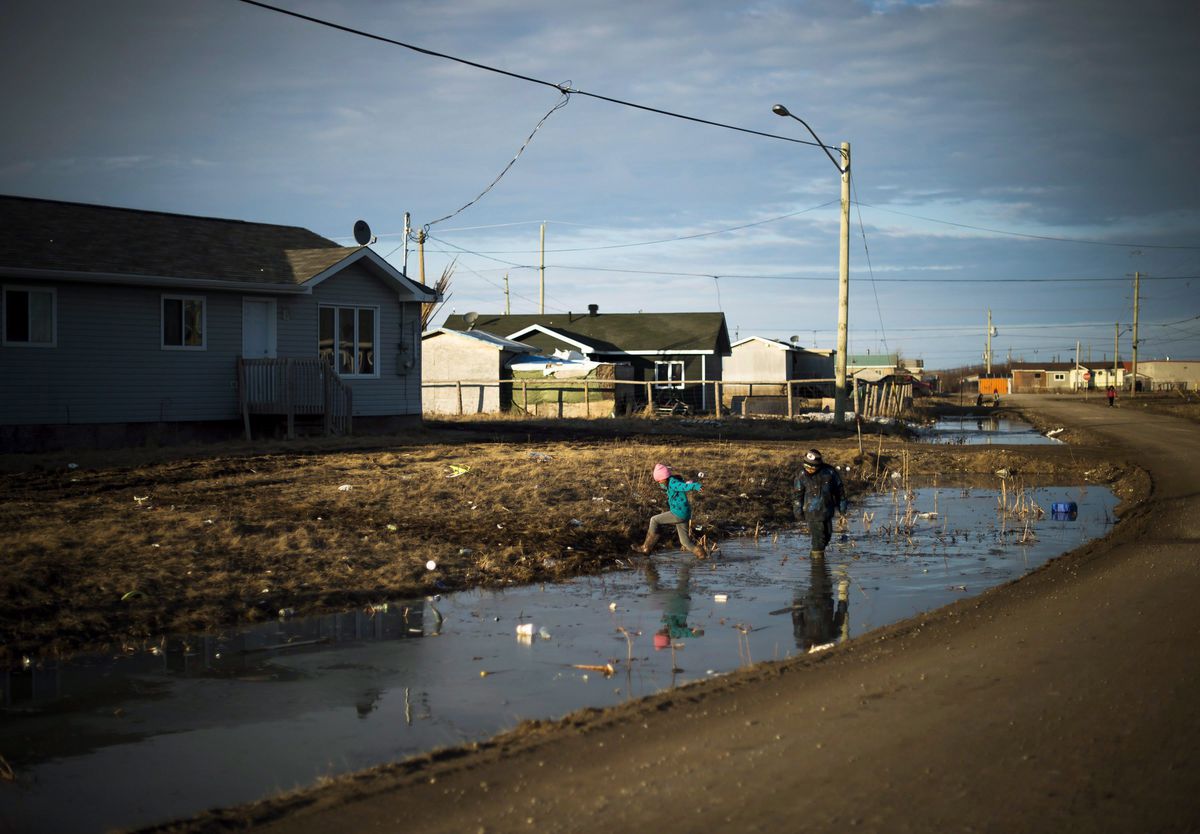Cindy Blackstock, the executive director of the First Nations Child and Family Caring Society of Canada, wrote an Opinion piece for the Globe & Mail on July 16, 2019, entitled, “When will Ottawa end its willful neglect of First Nations children“.
She cites a report that was released earlier in the summer that confirms overall, 47% of First Nations children live in poverty – more than two-and-a-half times the national rate.
Blackstock calls on the Federal government to address this situation by co-developing a comprehensive plan with First Nations to address all the inequalities in public services on reserves, including education and basics such as water and sanitation.
Blackstock shares the story of the late Shannen Koostachin of Attawapiskat First Nation. “When Shannen was in grade 1, the only school in her community closed because of contamination from a gasoline spill. The Government of Canada, which is responsible for funding education on reserves, brought up portable trailers as a “temporary” facility while a new school was built. When Shannen was in Grade 8, those trailers were falling apart and there was no sign of a new school. She and the other youth in Attawapiskat called upon thousands of non-Indigenous children across Canada to join them in a campaign for a new school.
Shannen had to move off reserve to get a high-school education and in 2010, while she attended a high school she would have never gone to had the one in her own Northern Ontario community been properly funded, she died in an automobile accident. The thousands of children she inspired launched Shannen’s Dream to honour this hero and continue her work. In 2014, four years after Shannen’s death, a new school finally opened in Attawapiskat. Still, many other First Nations are without proper schools, so the campaign continues.”

